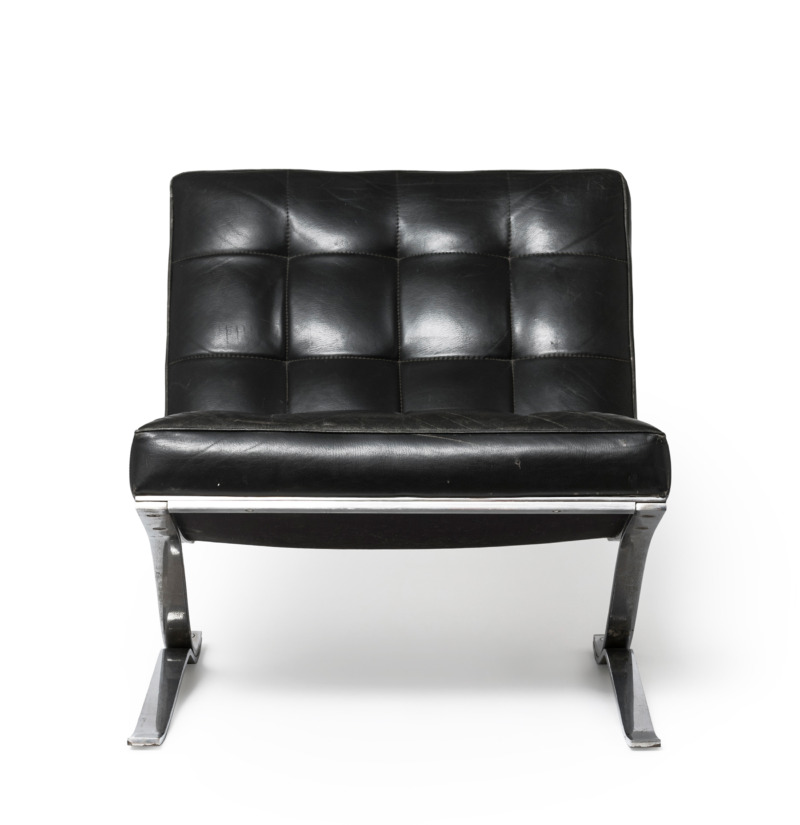This “Warenkunde” (“Product Guide”) entitled “Form und Dekor” is a catalog of selected products from the GDR of the late 1950s that are declared to be exemplary.
It is based on earlier product guides published in Germany, which served the consumer education intensively pursued by the Deutscher Werkbund. The first “Warenkunde” was published by the Deutscher Werkbund together with the Dürerbund in 1915 under the title Deutsches Warenbuch. Following this and other exaples from the 1920s and early 1930s, the Evangelischer Kunstdienst published a collection of loose-leaf books, edited by Werkbund protagonists, under Nazi rule from 1937 to 1942.
After the Second World War, new product guides appeared in both East and West Germany – catalogs of the latest products considered to be of high quality: in the East under the title “Form und Dekor” and in the West as “Deutsche Warenkunde”. In both of these, the structure of the predecessor publication from the Nazi era was adopted unchanged, and the way of describing German products with their quality features was also maintained in a similar manner. Only the prefaces were modified.
Aft this time, many of the designers in a not yet divided Germany, who had been influenced by the Werkbund and Bauhaus, saw the publication of a new product guide as a good and already proven way to enforce quality standards in the reconstruction of the war-destroyed cities. The primary goal was to supply the population with housing and furniture as well as other products for everyday use.
The two product guides and the discussions accompanying them reflect the German-German design history of postwar modernism in the context of the increasing East-West confrontation. The design development in the early GDR can be seen until August 30 in our current special exhibition “the early years. mart stam, the institute and the collection of industrial design”.


